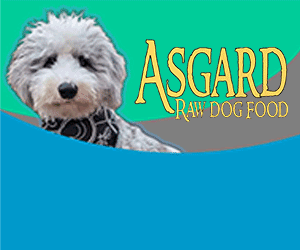fb@NatesReptileRescue www.NatesReptiles.org #NatesReptileRescue on Instagram
Nathan Lysaght has been in the rescue business for about four years now; or since he was thirteen. What drew him to reptiles? “Well I’m allergic to all the fuzzy stuff, so I started with my first reptiles around age four. My dad got me a ball python for Christmas,” he explains. “So, I took care of reptiles for many years, and one day got the idea to start taking in ones from all over the city that needed help or a home. Friends and neighbors would always come to me and ask if I wanted them.”
Most of his knowledge is self-taught, gained by doing research on each reptile as they came in. He also took several classes on behavior offered through the Pittsburgh Zoo & PPG Aquarium to further his knowledge about individual species. And of course, through observation of the more than 150 reptiles that have been in his care.
You may have seen him at events with one of his most known pets, a giant tortoise. “That’s Odin,” he says. “He’s a Sulcata Tortoise that we got from a gentleman in Erie. We estimate him to be about 10-15 years old, and he can live to be 70.” Odin’s shell measures 24 inches but still has a lot of growing to do. And he was dressed up for Halloween as a ninja turtle.
Nate says a lot of the reptiles need the same humidity and lighting, depending on what continent or habitat they are from, and the feeding schedules depend on size. “The smaller lizards normally get fed every other day, the larger ones once every few days, and the snakes usually once per week. But they each have individual needs as well, such as aquarium size, handling and general care.”
For beginners, Nate offers some solid advice. “Be sure you understand the basic time and budget you will need to care for that animal. We get most of our animals from people that didn’t.” Things to consider are how much lighting and food will cost, how long the animal will live and what kind and size of environment the animal will need, both now and as it grows. “A good first reptile could be a leopard gecko, ball python or corn snake, or bearded dragon,” he suggests.
As for husbandry, Nate has basic care sheets on his web site, and recommends magazines that are devoted specifically to reptile needs. He also cautions against getting animals on a whim from pet stores, as not all of them get their animals from reputable sources. Many reptiles carry genetic diseases that can cause illness and early death. He suggests researching the animal you are interested in and looking to adopt through sources concerned with that specific animal. Or you can visit with him at events and see the adoptables he has.
Nate’s Reptile Rescue is a small family funded recue, and they provide food and care of all the animals themselves and through the generosity of their supporters. They are working on a donate button for social media, but in the meantime if you’d like to help Nate’s rescue, you can mail a check to: Nate’s Reptile Rescue, 6889 Ridgeview Dr, SouthPark PA, 15236.



